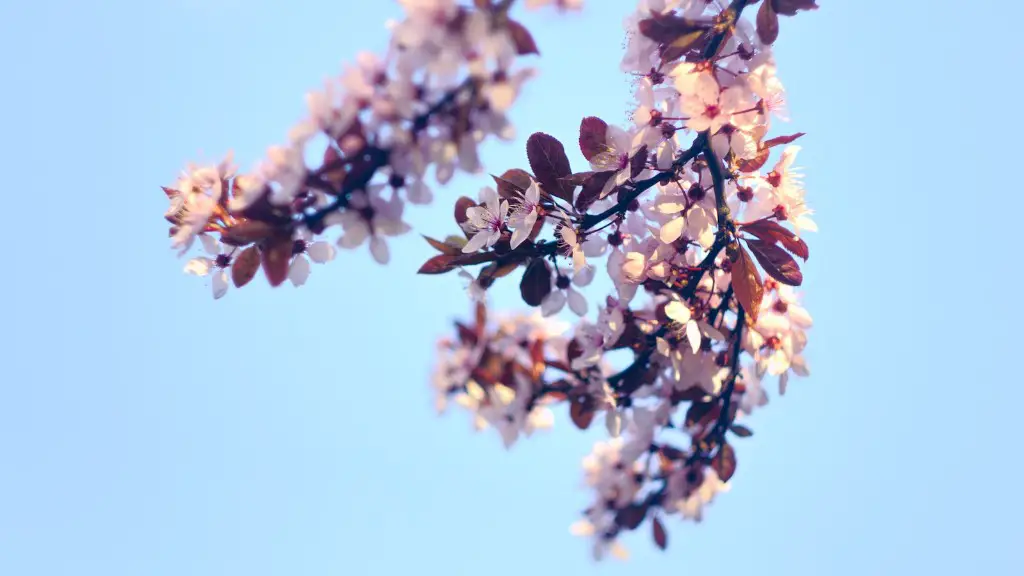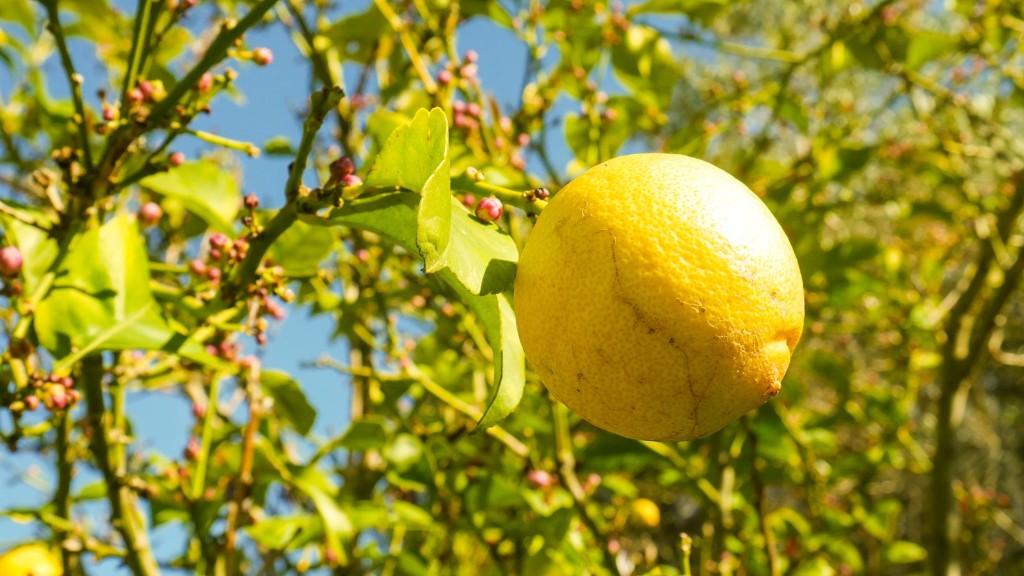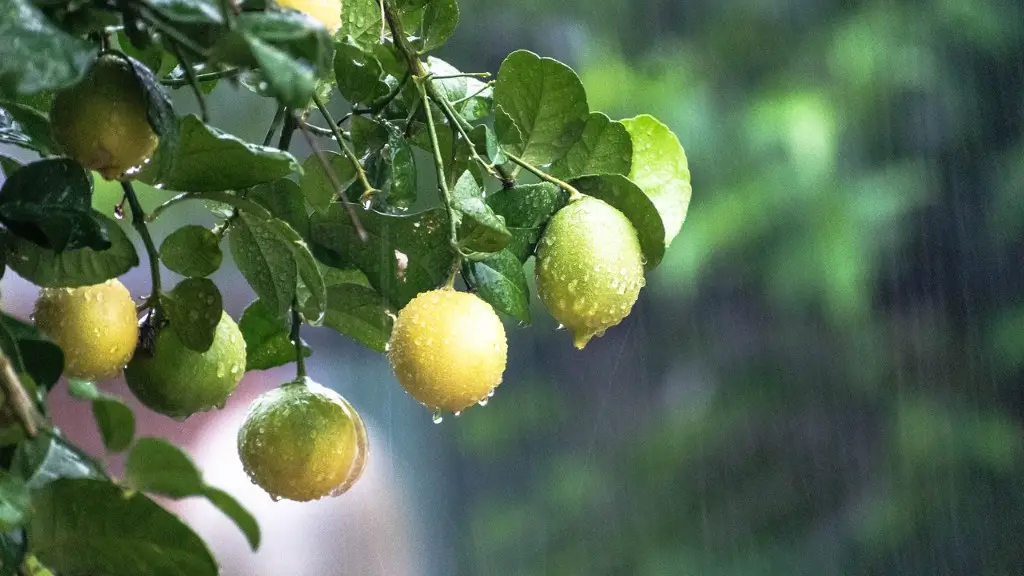Material Required for Painting a Cherry Blossom Tree
The materials required for painting a cherry blossom tree are relatively simple. To begin, you will need some sturdy watercolor paper, or thick drawing paper, a pencil, and some watercolor paints.A paintbrush is essential, and it is best to have a variety of sizes and shapes. You will also need a few materials for blending, such as a blender pen or a paintbrush, and some salt to create texture. Finally, you will need a jar of water to rinse your brush.
Planning the Picture
Before you begin to paint, it is important to plan the composition. Where will the tree be located in the picture? What will the branches look like? What will be the background? Sketching the picture before you paint can help you visualize the final painting and make sure that everything looks balanced.
Painting the Bases
Once the sketch is complete, it is time to start painting. Begin by painting the background. If you want to paint a blue sky, start by applying a rich blue to the paper. Choose a light shade for the foreground, and paint the base of the tree. Ensure that your brush strokes follow the sketch lines you made in the first step.
Adding the Trunk and Branches
Next, use a darker shade for the trunk and branches. Keep your brushstrokes light and make sure that you don’t overwork the paper. You can use a blender pen to create a smoother look. Once you are satisfied with the trunk, you can start to add the cherry blossoms. Begin with the lightest shade and build up the colors gradually.
Adding the Details
The final step is to add details. Use a thin brush and add some texture to the trunk and branches. With the same brush, add some small petals to the blossoms. You can also use a blender pen to soften any hard edges. Finally, sprinkle some salt over the painting and let the colors blend together. Rinse the salt off with a damp brush when the painting is dry.
Finishing Touches
To complete the painting, you can add some finishing touches. Paint some thin branches from the main trunk and use a small brush to paint the leaves. To give the painting more depth, you can also add some shadows on the trees and the petals. When you are happy with the painting, let it dry and you can frame it to display your work.
Techniques for Painting Petals and Leaves
When painting petals and leaves, it is important to use a brush that is suitable for the task. An oval or teardrop shaped brush is ideal for painting petals, as it can create a variety of shapes and forms. To paint leaves, use a flat brush and make sure that you use a light touch. This will ensure that the leaves look realistic and have soft edges.
Avoiding Common Mistakes
When painting a cherry blossom tree, it is important to avoid making common mistakes. This can be done by taking your time and not rushing the painting process. Avoid using too much paint and be sure to take breaks and let the painting dry before continuing. Finally, don’t be afraid to experiment with colors and textures; this will help you create a unique and beautiful painting.
Advanced Techniques to Try
Once you have mastered the basics of painting a cherry blossom tree, you can try some advanced techniques. To add more drama to the painting, try using a palette knife. This will help create more texture and depth in the painting. To create an ethereal effect, try sponging some pigment onto the paper. Finally, you can use a mixture of watercolors and acrylics to create a unique, semi-abstract look.
Expert Advice
When it comes to painting, it is always a good idea to seek advice from experienced artists. Consider attending an art class, or visiting an art gallery or museum. You can also look for tutorials online and watch videos to get tips from experienced professionals. Reading books written by experienced artists can also help you learn new techniques and develop your skills.


